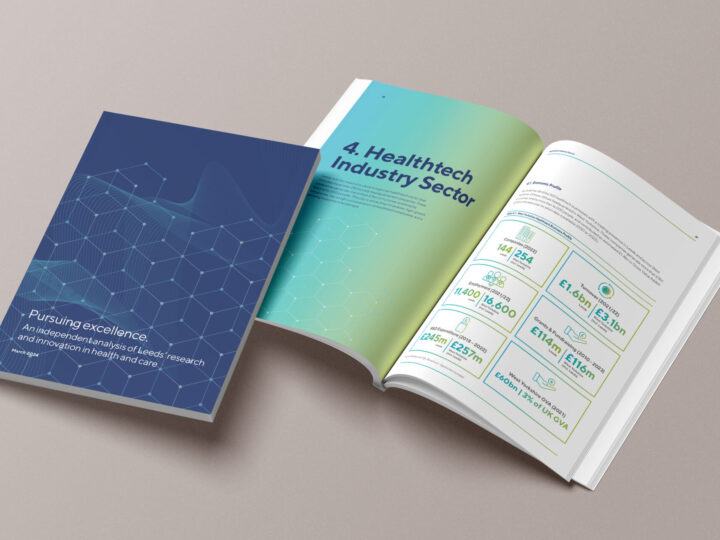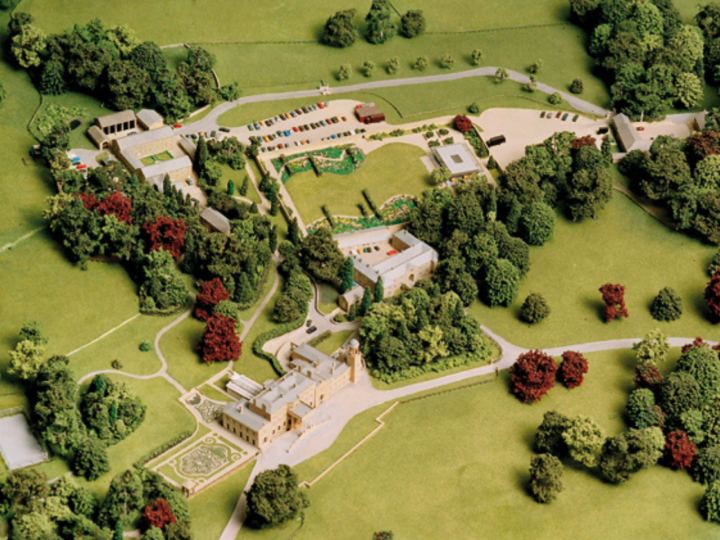I recently took up a part time lecturing post at Leeds Metropolitan University Business School and am currently running two tutorial groups for second year Public Relations students on the Communications Campaigns module.
The module is deliberately designed to ‘force’ students to go through the process of developing a best practice campaign. Unfortunately for them this means that the first few weeks are full of the ‘boring stuff’ ie planning, research, issues identification, analysis and objective setting.
Now, we all know that planning and research are fundamental to the development of any successful campaign – but the temptation is always to jump straight into tactics and creative ideas. And this is often the problem with gaining credibility for PR and communications campaigns. If you can’t benchmark where you are now and set measurable targets for where you want to be, how do you know if you’ve succeeded? Award winning campaigns aren’t the ones that are based around a really innovative big idea, they are the ones that can demonstrate their impact and outcomes in real terms.
Research can take many forms, it doesn’t always mean carrying out your own primary research. Sometimes it’s just about getting under the skin of where the client is at, teasing out the challenges, barriers and issues and using that intelligence to develop a solution. It also means challenging the brief and ensuring that what the client thinks is the problem, really IS the problem.
For the Communications Campaigns module, we have set the students a brief for an organisation called parkrun UK. It is a multi-faceted brief combining stakeholder relations, sponsorship and consumer engagement. Their first task was to carry out in-depth research into the current situation and use that intelligence to identify what the issues are and set objectives for a campaign that will help them overcome the issues. This initial project is worth 10% of the module and deliberately ensures that they don’t move on to strategy, messages and tactics too quickly.
It’s not that I didn’t have faith in my second year students but we are only a few weeks into the semester and it was a big challenge, particularly since we were asking them to work in teams as a professional consultancy. Not only was I completely blown away about what they came up with and how they presented it to me as ‘the client’ but I couldn’t help feeling that they would put many PR and comms practitioners to shame because of how systematically and strategically they had followed the planning process. They attended parkrun events, carried out primary research with a range of different publics and spent time trawling through a whole bank of relevant secondary research then found a really engaging, concise way of presenting it back and linking it to issues and objectives. Of course, we don’t always have the time or the money to carry out in-depth research but the results the students produced demonstrated how important it is.
It was so interesting for me to be ‘on the other side’ of the pitching process – especially since I had to sit through ten presentations in a row about the same thing!!! Some of the most useful things coming out of the process for me as ‘the client’ were
- How visual representations of simple pieces of research can really ‘shock’ the client into realising what the real issues are and encourage them to re-evaluate what needs to be done and understand the value of doing it
- How hard hitting research helps to get buy-in from the client right from the beginning and create a real partnership rather than an ‘us and them’ relationship that ends in someone being ‘blamed’ if things don’t go to plan
- How much easier it is to set SMART objectives once you’ve clearly identified where you are now, what the issues are and where you need to be
- Most importantly, how powerful social media is as a research tool
I can’t wait to see how they now go on to develop their full communications campaign proposals!




